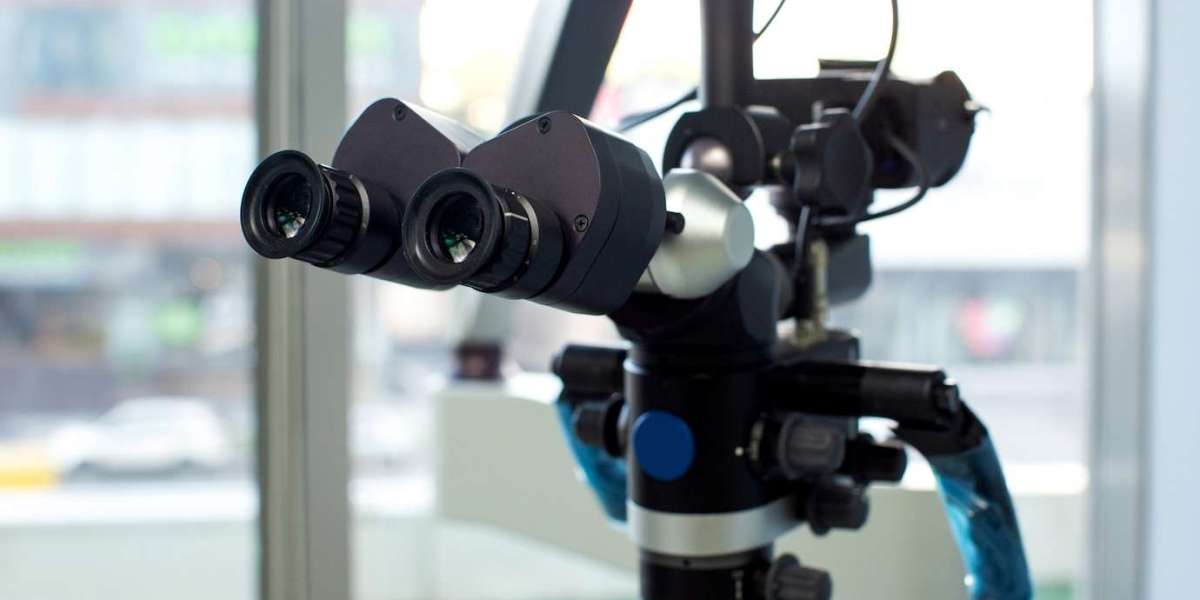Introduction:
In the rapidly advancing field of healthcare, precision and clarity are paramount, especially in surgical procedures where every detail counts. The integration of Full HD surgical video cameras has revolutionized the way surgeons visualize and document procedures, offering unparalleled clarity and precision. In this article, we delve into the myriad benefits of Full HD surgical video cameras and their transformative impact on modern healthcare practices.
Enhanced Visualization: The transition from standard definition to Full HD resolution has significantly enhanced visualization during surgical procedures. Full HD cameras capture intricate details with remarkable clarity, allowing surgeons to discern fine anatomical structures and subtle tissue variations with precision. This level of visual fidelity enhances surgical accuracy and facilitates better decision-making in real-time.
Optimal Surgical Ergonomics: Full HD surgical video cameras are designed to optimize surgical ergonomics, providing surgeons with clear, magnified views of the operative field without straining their vision. By displaying high-definition images on large monitors or screens, these cameras enable surgeons and assisting staff to maintain proper posture and focus throughout lengthy procedures, reducing fatigue and enhancing overall procedural efficiency.
Seamless Integration with Surgical Systems: Modern Full HD surgical video cameras seamlessly integrate with existing surgical systems, including endoscopes, microscopes, and robotic-assisted surgical platforms. This interoperability enhances workflow efficiency and facilitates multidisciplinary collaboration by allowing real-time sharing of high-definition surgical footage among surgical teams, educators, and remote observers.
Precise Documentation and Training: Full HD surgical video cameras serve as invaluable tools for documentation and training purposes. By recording procedures in high-definition quality, surgeons can create comprehensive archives of surgical cases for retrospective analysis, research, and educational purposes. Additionally, the clarity of HD video footage enhances the effectiveness of surgical training programs, enabling aspiring surgeons to learn from real-life procedures with unparalleled detail and clarity.
Improved Patient Education and Engagement: High-definition surgical video footage enhances patient education and engagement by providing clear visual explanations of surgical procedures and treatment options. Patients and their families can gain a deeper understanding of their condition and the proposed treatment plan through immersive HD video presentations, fostering informed decision-making and building trust between healthcare providers and patients.
Enhanced Telemedicine and Remote Consultation: In an era of telemedicine and remote healthcare delivery, Full HD surgical video cameras play a vital role in facilitating virtual consultations and tele-surgical procedures. The high-definition video feed enables remote surgeons to observe procedures in real-time, offer expert guidance, and even perform minimally invasive interventions from distant locations, expanding access to specialized care and improving patient outcomes.
Conclusion:
Full HD surgical video cameras represent a significant advancement in surgical visualization technology, offering unprecedented clarity, precision, and versatility in modern healthcare settings. From enhancing surgical visualization and ergonomics to enabling seamless documentation, training, and telemedicine, these advanced imaging systems have become indispensable tools for surgeons, educators, and healthcare providers worldwide. As technology continues to evolve, Full HD surgical video cameras will undoubtedly play a pivotal role in shaping the future of surgery and improving patient care outcomes.








